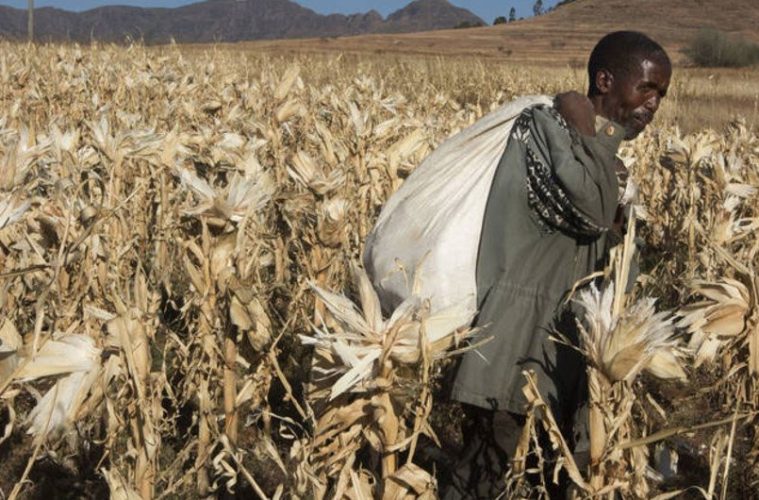A severe drought, intensified by El Niño, is wreaking havoc across southern Africa, particularly impacting Malawi, Zambia and Zimbabwe. These nations have experienced significant reductions in corn crops, leading them to declare national states of disaster. South Africa, which is the leading corn producer in the region, has also seen a dramatic decrease in output, with estimates showing a reduction of at least 20%.
The crisis has forced these countries to seek corn imports to meet their domestic needs. Zimbabwe, facing a 60% reduction in corn production, is exploring imports from Brazil, marking such an import for the first time in a decade. Zambia is negotiating corn imports with Tanzania and Uganda, while South Africa may have to significantly import white corn for the first time since 2017. Unlike the more globally available yellow corn, white corn, a regional staple for dishes like pap and sadza, is scarce internationally.
This scarcity has led to a sharp increase in South African white corn futures, which have surged by over 40% this year, highlighting a market disconnect as yellow corn prices in the USA have fallen by about 6%. Adam Davis, Chief Investment Officer at Farrer Capital, an agriculture-focused hedge fund, noted that the challenges are exacerbated by similar drought conditions in traditional white corn suppliers like Mexico, making hard the immediate supply.
Davis, whose fund operates from Australia and monitors global agricultural trends, points to other potential market dislocations such as tightening supplies of high-quality wheat in Australia and western Europe, and a lucrative pork trade opportunity between the U.S. and Mexico. He emphasizes that while market dislocations have historically existed, the rapid dissemination of information and the impacts of climate change are amplifying these trends, affecting commodity trading and the global food trade landscape.




